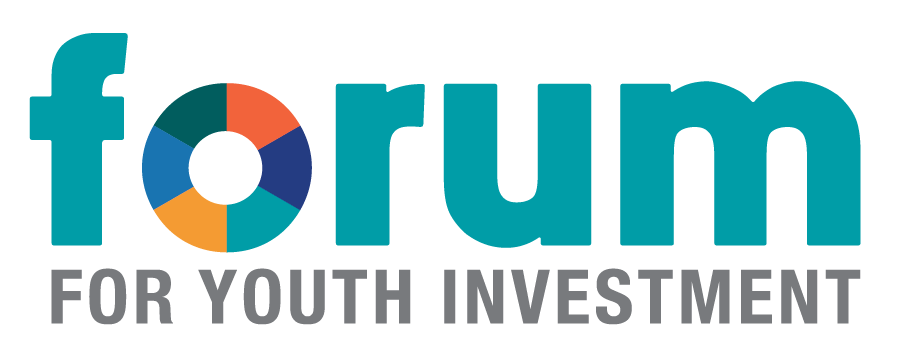3 Policy Solutions to Increase Positive Youth Workforce Outcomes
As policymakers at the federal and state levels work to keep unemployment numbers well-below pandemic levels, we explore three ways to achieve better workforce outcomes for youth.
What Equitable Quality Improvement Systems and Star Trek Have in Common
What do Star Trek, musicals, and building equitable programs have in common? As it turns out, quite a bit! Drawing inspiration from the Star Trek Strange New Worlds' musical episode, this synthesis explores the parallels between the collaborative approach taken in creating a musical within the Star Trek universe and the principles employed in our Framework for Equitable Quality Improvement Systems.
Registered Apprenticeships Open Opportunities for Youth
With youth unemployment on the rise, innovative workforce development initiatives are emerging. The growing demand for infrastructure workers presents a distinctive chance to involve youth from historically underrepresented groups, addressing equity gaps and promoting a more inclusive economy. The intersection of federal funding for infrastructure and youth apprenticeships becomes a focal point for policy, providing a ripe opportunity to narrow equity divides, foster inclusive economies, and nurture a skilled talent pipeline for the future.
